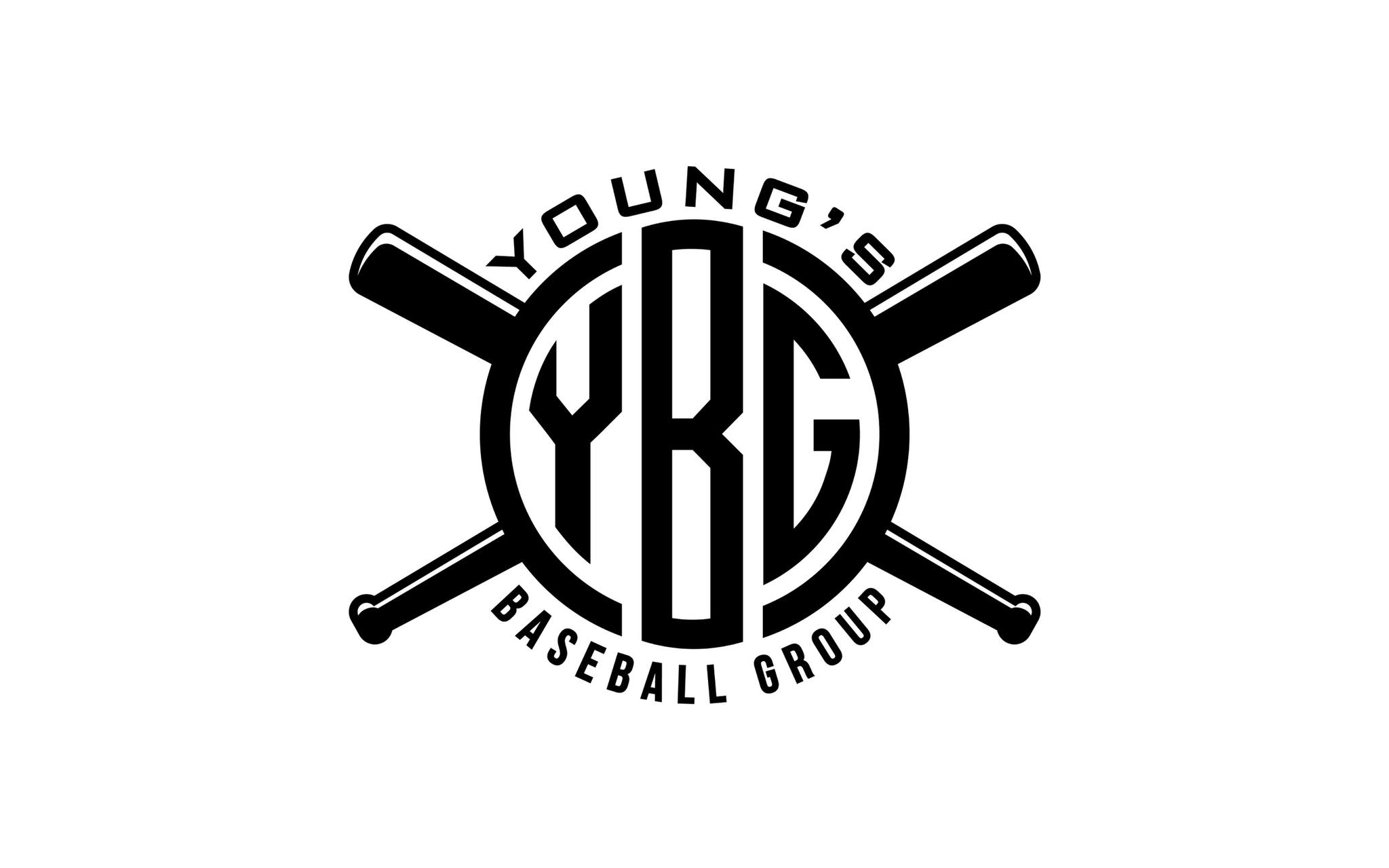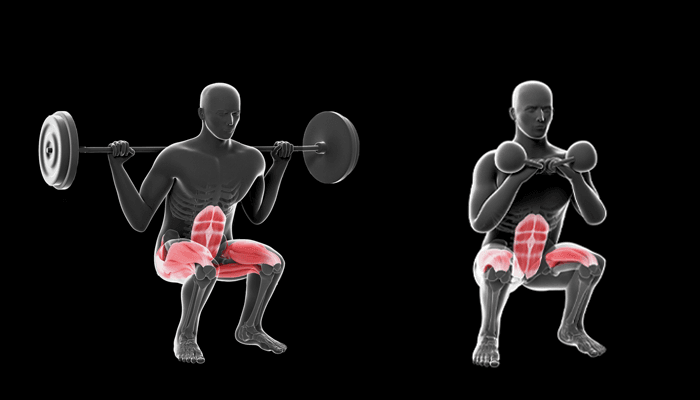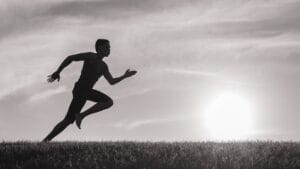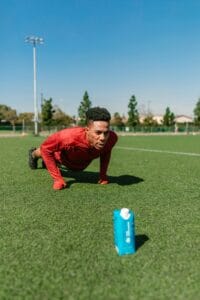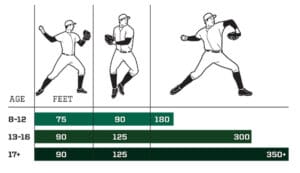Why Every Player Needs Them
When we talk about strength training in baseball, squats should always be part of the conversation. Whether you’re behind the plate, fielding a grounder, or generating power at the plate, it all starts from the ground up—and that means strong legs, stable hips, and a powerful core.
Squats aren’t just a “gym lift.” They’re one of the most baseball-specific exercises you can do, helping improve everything from speed and explosiveness to injury prevention and balance. And no matter the age, there’s a version of the squat that fits the developmental level of the player.
Let’s break it down by level.
⚾️ Youth Baseball (Ages 6–12): Learning Control and Mechanics
At this age, kids are still developing coordination and body awareness. The goal isn’t to lift heavy but to build good habits and movement patterns.
Why Squats Matter:
- Improve balance and posture
- Develop leg strength safely
- Reinforce proper fielding and catching positions
Recommended Exercises:
- Bodyweight Air Squats
- Focus on form: chest up, knees over toes, weight in heels.
- 3 sets of 10–15 reps
- Can use a wall or box as a guide for depth.
- Wall Sit Challenge
- Builds isometric leg strength and mental toughness.
- Hold for 20–30 seconds, repeat 2–3 rounds.
- Squat and Toss Drill
- Player squats while catching and tossing a light medicine ball or baseball to a partner.
- Engages legs and upper body coordination.
⚾️ High School Baseball (Ages 13–18): Building Strength and Power
This is the prime age for athletes to start strength training more seriously. Squats now become a foundational movement for overall athletic performance.
Why Squats Matter:
- Increase explosive speed and power
- Strengthen joints and ligaments
- Help with injury prevention (especially knees and hips)
Recommended Exercises:
- Goblet Squats
- Hold a dumbbell or kettlebell at chest level.
- Teaches posture and depth control with added resistance.
- 3–4 sets of 8–10 reps
- Jump Squats
- Build lower-body explosiveness for sprinting and jumping.
- Focus on soft landing and body control.
- 3 sets of 6 reps
- Split Squats / Bulgarian Split Squats
- Develop single-leg strength for throwing and hitting mechanics.
- 3 sets of 8 reps each leg
⚾️ College Baseball (Ages 18+): Peak Performance & Injury Prevention
By college, players should have a solid foundation and be ready for more advanced training that supports elite-level movement on the field.
Why Squats Matter:
- Transfer power from the lower body to the upper body for hitting and throwing
- Support endurance and resilience over long seasons
- Develop fast-twitch muscle fibers for high-level performance
Recommended Exercises:
- Back Squats
- Use proper form and progressive overload.
- Builds max strength and stability in legs and core.
- 4 sets of 5–8 reps
- Front Squats
- Emphasize quad strength and upright posture—important for catchers and hitters.
- 3–4 sets of 6 reps
- Trap Bar Deadlift (Squat Variation)
- Safer on the back while still promoting hip and leg strength.
- Great for explosive movements like base running and quick cuts.
- Tempo Squats
- Lower slowly (3–5 seconds), pause at the bottom, then explode up.
- Trains are controlled under fatigue and improve mechanics.
🧢 Coach Young’s Final Take:
The squat might not look like a baseball drill, but its results appear in every game aspect. A strong, stable lower body helps you hit harder, throw faster, move quicker, and stay on the field longer.
Start simple. Stay consistent. And make squats a non-negotiable part of your training program at every age.
